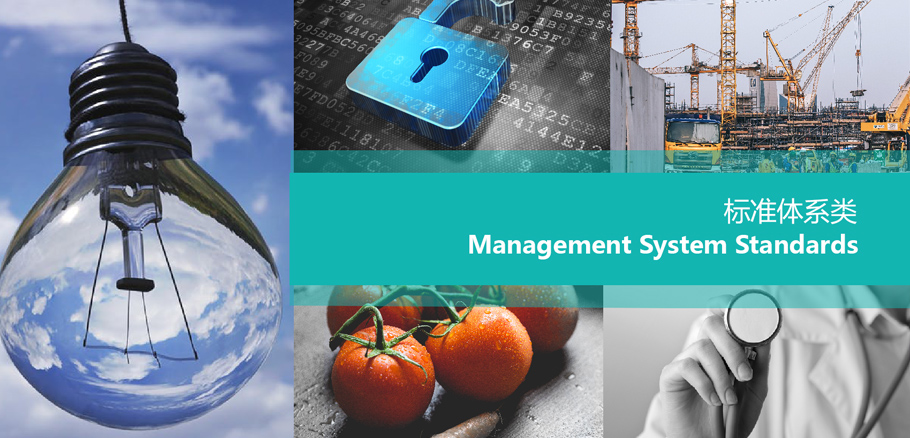Location:


Training background
Food safety requirements are the first, which not only directly threaten the health and safety of consumers, but also directly or indirectly affect the goodwill of food production, transportation and sales organizations or other related organizations, and even affect the credibility of the food authorities or the government. Current food safety problems occur, based on the ISO 22000 standard establish food safety management system organization, can through the effectiveness of self declaration and evaluation results from the organization, to the society confirmed its ability to control food safety hazards, continuous, stable to meet the requirements of food safety products, meet customer requirements of food safety, make the organization will its food safety requirements and its business purpose organic unity.
Training object
Enterprises and institutions in charge of competent leaders, department leaders, food safety management and other personnel
Enterprises and public institutions system commissioner, internal auditors, candidate internal auditors, human resource management personnel, etc
Any individual interested in food safety management (students and society)
Training income
Correctly understand and apply the system standard knowledge;
Master the basic skills of internal audit;
Understand the basic process of system establishment and management;
Effectively improve the professional efficiency and professional quality;
Help enterprises to cultivate a high level of food safety management system internal audit personnel, in order to establish, maintain and continuously improve the food safety management system;
Improve students' understanding of ISO 22000:2005 standard, and explain the method of process review through examples.
Training outline
The generation background and development status of ISO 22000
Significance and role of importing ISO 22000
Feasibility of importing the ISO 22000
Requirements for all levels to import ISO 22000
Support procedure and HACCP principle
Basic requirements of the ISO 22000 Standard
Changes from the HACCP-EC-01 to the ISO 22000 criteria
scope
Normative reference documents
Management responsibilities
Food safety management system
resource management
Planning and implementation of safety products
Confirmation, verification and improvement of the food safety management system
Audit Overview: audit type, characteristics of internal audit, guidelines, scope, frequency and methods of internal audit
Internal audit preparation: internal audit planning, internal audit implementation plan; set up audit team and prepare "checklist"
On-site audit: the first meeting, communication skills in the audit, information collection and verification, audit discovery
Unqualified report: the last meeting, the internal audit report
Follow-up tracking and continuous improvement: corrective measures, preventive measures, and continuous improvement
The audit method and skill of internal auditor: the correct working method, audit method and audit skill of internal auditor
Internal audit procedures and methods and the application of forms
Basic procedures for an internal audit
Problems should be paid attention to in the document and data audit
Formulate the audit plan;
Prepare an audit checklist and an on-site audit
Non-conformance classification
Non-conformance item report and internal audit report
Review skills and precautions
Case analysis of the ISO 9001 / ISO 22000 combined audit


Tel:+86-400 821 5138
Fax:+86-21 3327 5843
Email:noa@noagroup.com